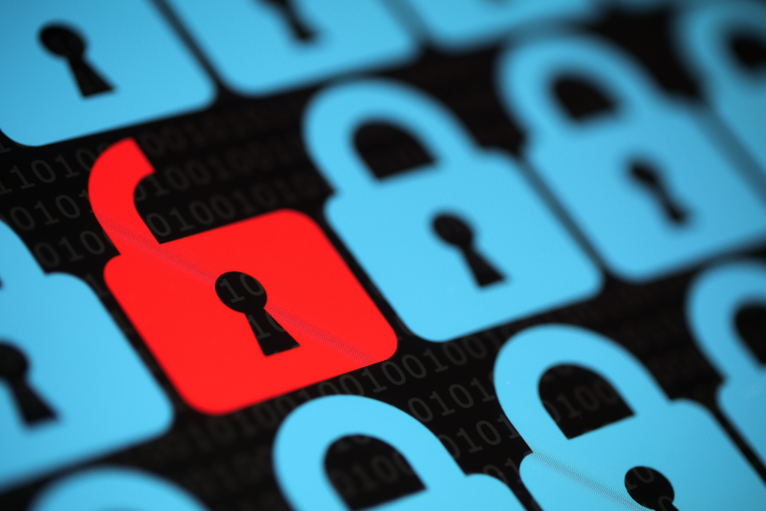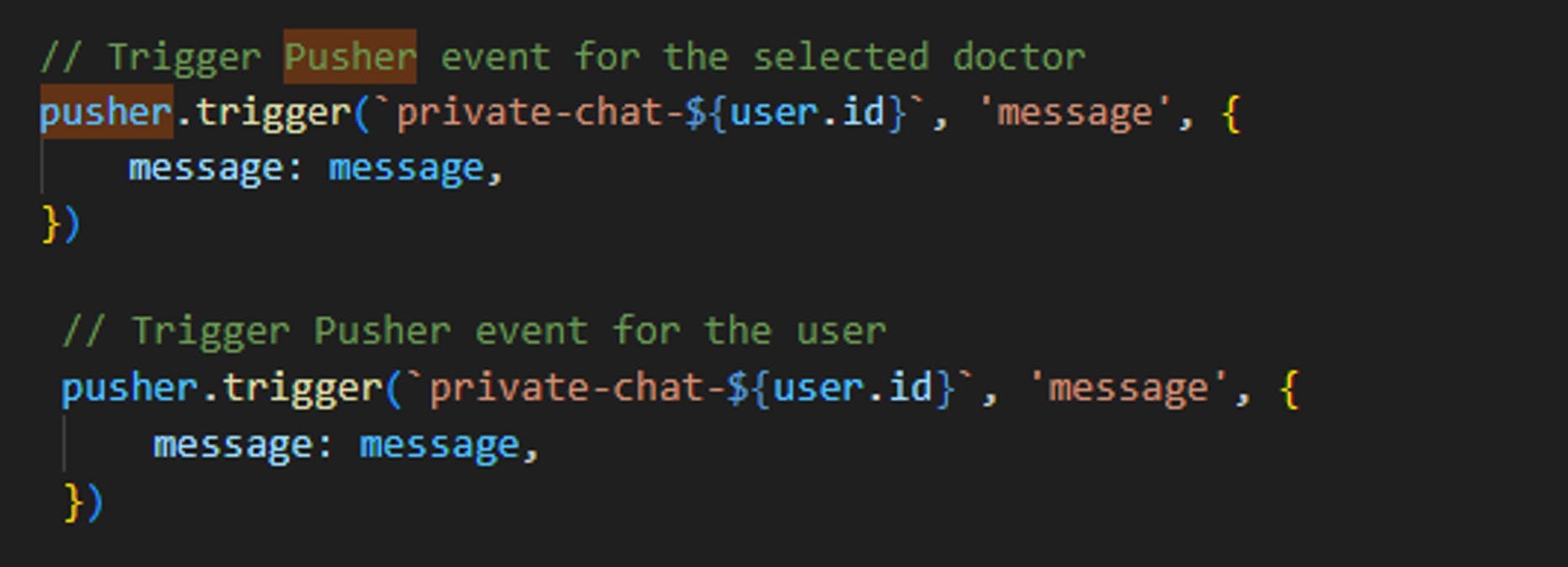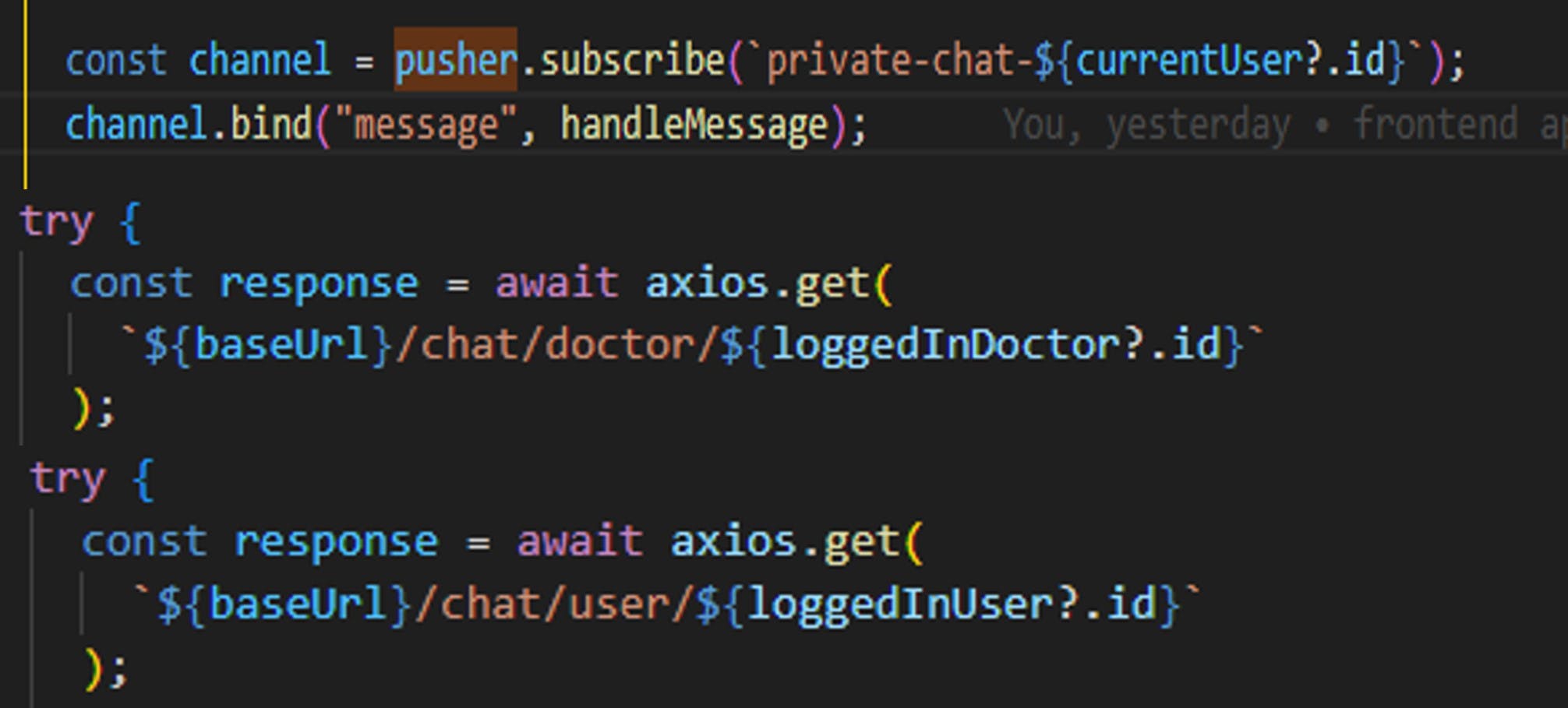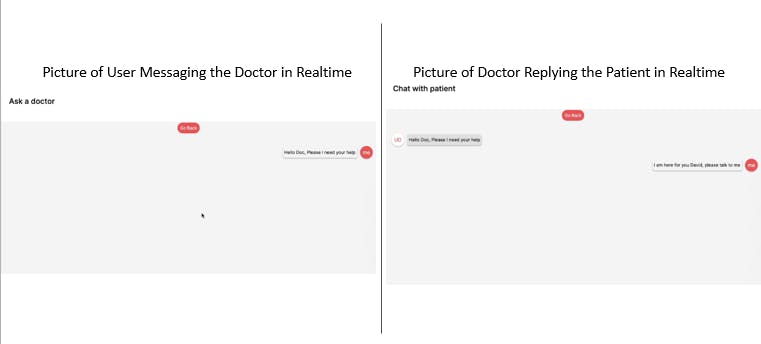How we implemented a private chat feature in a healthcare application within 2 days
Introduction
In the fast-paced world of software development, meeting tight deadlines while delivering high-quality features can be daunting. Our team faced this challenge when tasked with implementing a chat feature for a health tech application within two days. This article will explore the hurdles encountered, the solution devised, and how we successfully implemented a private chat feature using Pusher.
The Need for a Private Chat Feature
Our health tech product aimed to provide users with a comprehensive and convenient healthcare experience. In addition to features like locating hospitals closest to them, a key component of our minimum viable product (MVP) was the direct messaging feature. This feature enabled users to have direct access to verified medical experts through the app, allowing them to seek expert advice and guidance securely and confidentially. By implementing the private chat feature, we ensured that users could engage in one-on-one communication with doctors, fostering trust and facilitating seamless collaboration for improved healthcare outcomes.
Exploring Solutions and Settling for Pusher
We carefully evaluated various existing solutions available in the market to deliver the chat feature within the tight deadline. After thorough research and consideration, we decided to leverage Pusher, a powerful real-time communication platform known for its reliable and secure features. Pusher aligned well with our goal of building a private chat feature swiftly and efficiently.
Designing the Private Chat Architecture
With Pusher as our chosen tool, we embarked on designing a solution that would facilitate private conversations between users and their designated doctors. One of the technical challenges we faced was how to establish secure and isolated channels for each user-doctor pairing, ensuring that their conversations remained private and inaccessible to others.
A Solution That Didn't Work
In our initial attempt, we explored using the doctor ID as the channel identifier for the doctor's API and the user ID as the channel identifier for the user's API. However, this approach proved problematic due to its lack of privacy and isolation.

One issue we encountered was the potential for unintended parties to gain unauthorized access to conversations. Using separate channels for doctors and users introduced security risks, compromising the privacy and confidentiality of the communication. This solution did not align with the stringent privacy requirements of our health tech application.
Technical Implications and Limitations
The case of using the doctor ID as the channel identifier highlighted some technical implications. For example, sharing the same channel between users and doctors lacked isolation, enabling users to access conversations between other users and doctors. This not only violated user privacy but also raised concerns about the integrity of the shared data within the chat feature.
Additionally, using the doctor ID as the channel identifier presented challenges in managing and controlling access to conversations. The lack of granularity made it difficult to ensure that only the intended parties could participate in specific chats, compromising the desired level of privacy and security.
The Solution That Worked
"In the realm of innovation and problem-solving, success lies not in the absence of challenges, but in the ability to overcome them with creative and effective solutions." - Unknown
User ID Channels for Both Users and Doctors
Recognizing the limitations of the initial solution, we swiftly pivoted to an alternative approach that utilized the user ID as the channel identifier for both users and doctors. This decision enabled us to address the privacy and security concerns associated with separate channels.
Creating Private Channels: Backend Implementation
To implement this solution, we leveraged Pusher's robust features for real-time communication. We designed our backend to include two separate APIs: one dedicated to users and the other for doctors. Each new user-doctor pairing generated a unique channel using the user ID as the channel identifier. This approach ensured that each conversation had its private channel, accessible only to the designated user and doctor.
Below is a code snippet showcasing the implementation of channels using the user ID:

Seamless Frontend Integration
With the backend infrastructure in place, we seamlessly integrated Pusher's capabilities into the frontend of our application. By connecting the frontend to the respective APIs, we enabled real-time communication between users and doctors through their private channels.

The Result: Privacy, Security, and Stakeholder Satisfaction
Implementing the private chat feature using Pusher allowed us to achieve our goals within the demanding two-day deadline.

The solution ensured the confidentiality and privacy of user-doctor conversations, aligning perfectly with the security requirements of a health tech application. Stakeholders, including product owners and users, expressed satisfaction with the feature, recognizing the importance of secure and direct communication between users and doctors. This positive feedback reinforced the impact of the chat feature on the overall success of the application's minimum viable product (MVP).
Conclusion
Through our agile problem-solving approach and the integration of Pusher's secure real-time communication platform, we successfully created a private chat feature within a healthcare application. By utilizing the user ID as the channel identifier and establishing private channels for each user-doctor pairing, we achieved the necessary level of privacy and security required for sensitive conversations.
This implementation showcases the importance of robust security measures in healthcare applications and how leveraging reliable communication platforms like Pusher can effectively address these concerns. The positive feedback from stakeholders and users highlights the impact of the chat feature on the overall success of the application's MVP, solidifying its significance within the health tech industry. As we continue to enhance the chat feature, our commitment to user privacy and data security remains unwavering, ensuring exceptional experiences and fostering trust in our application.
